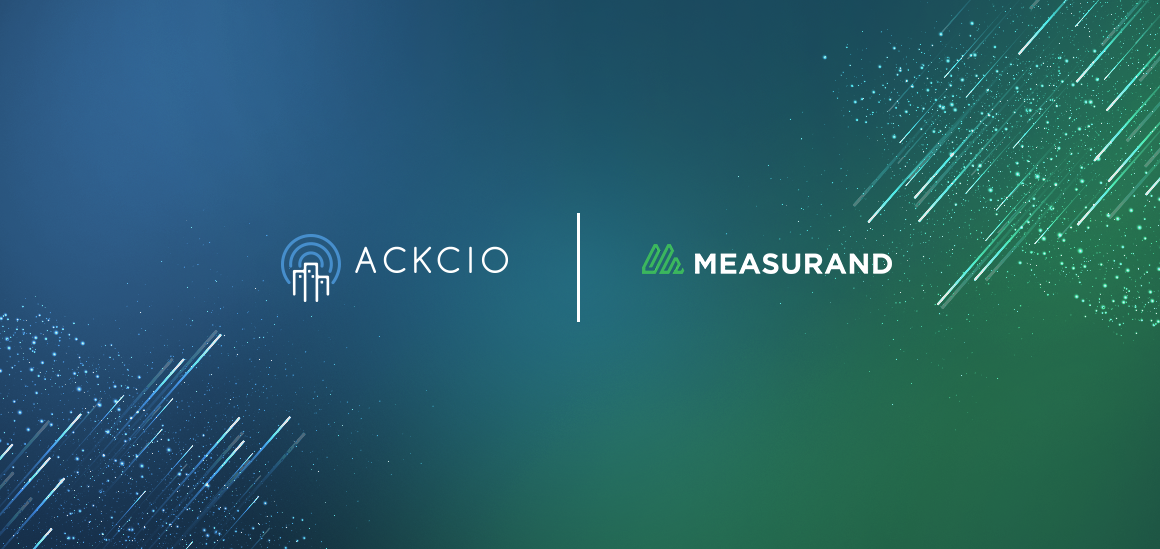Automated Monitoring For Safer, More Efficient Railway Operations
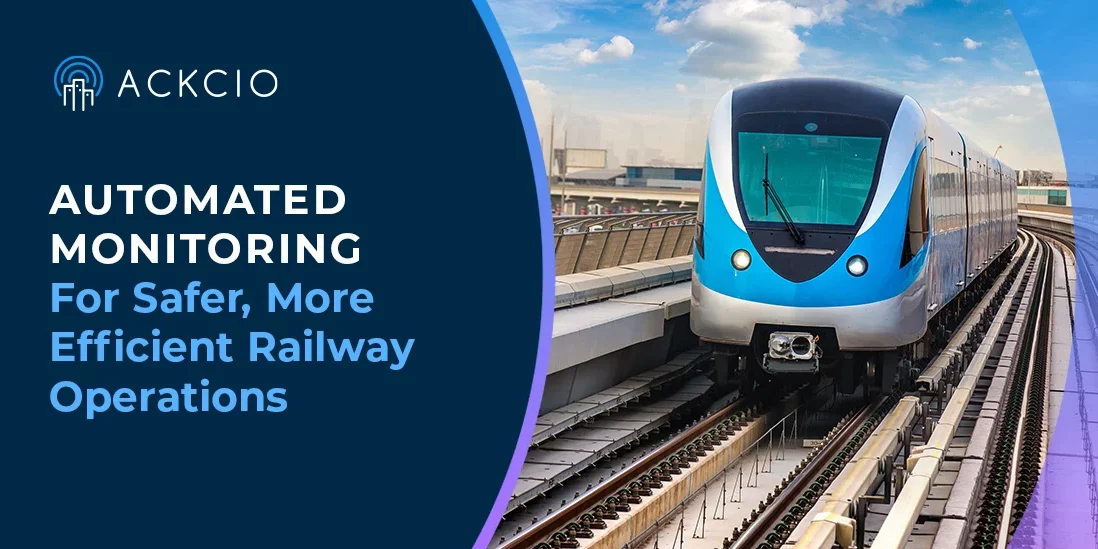
Railways present some of the most concentrated monitoring sites of any industry. A single station alone can be equipped with hundreds of geotechnical and structural sensors monitoring everything from rail cant, twist, superelevation and settlement, as well as other structural and geotechnical factors such as inclination, settlement, cracks and deformation.
Traditional monitoring techniques are simply not up to the task of gathering the volume of real-time data needed today to ensure that the public, workers and assets are safe. These old cable-based or manual monitoring systems are costly, and limited in terms of their practicality, efficiency, and reliability.
Luckily, the industrial IoT revolution has come to monitoring, making automated, real-time data collection for railways easy and cost-effective, driving new levels of efficiency, safety and productivity. New digital solutions offer improved operations and performance by providing a steady stream of reliable, real-time data that’s essential to prevent derailments or other accidents. This current snapshot of your assets gives an early warning of changes or movements that could signal risks to the rail and other structures. It can also provide valuable insights for improved maintenance management.
A new generation of long-range, wireless solutions is uniquely suited to railways for a few reasons.
Incredible Range
Railway tracks extend for miles, often running through remote or hard-to-reach areas, including underground tunnels, making monitoring a real challenge.
But a new long-range, wireless solution allows data to be automatically sent from even the furthest reaches of a tunnel or track with exceptional reliability. Ackcio’s patented long-range mesh network offers a range of kilometres between nodes, with a battery life of years.
What allows us to go further? It’s all about our frequency.
While star topology-based Sub-GHz LPWANs and 2.4GHz mesh communication protocols have gained traction in recent years, they have serious limitations.
First, their star topology, in which each node must connect directly to the gateway, limits their transmission distance. Plus, these systems are susceptible to disruption from signal “noise” and train movement that can result in significant data loss. And bends in the tunnel or other structural features can weaken signal transmission over long distances.
Compare this to the Ackcio Beam, the only long-range wireless solution for underground monitoring. By transmitting data at sub-GHz frequencies, the signal range is much longer. A single transmission hop can cover multiple kilometres above ground and up to 500m underground, in ideal conditions. And with up to 12 “hops” between nodes, Ackcio offers a new level of extensibility, even underground.
“The linear nature of railways make them a perfect fit for our solution,” says Shaun Ahern, Global Sales Director at Ackcio, a global provider of long-range wireless data acquisition systems for industrial applications. “Because we can provide so many hops, we can go further and connect many, many more sensors to a single gateway, whereas other systems would need multiple gateways.”
And Ackcio’s patented mesh topology, in which nodes can “speak” to each other as well as to repeater nodes and the gateway ensures a strong signal in any conditions, providing more flexibility in reliable data transmission even in challenging sites.
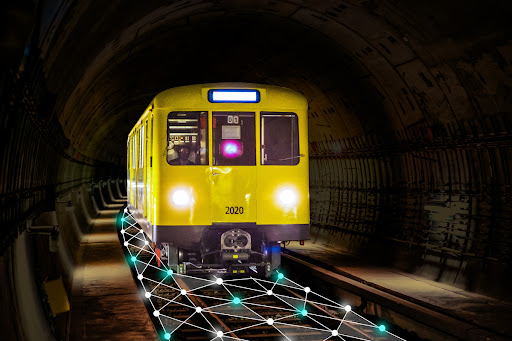
Rich, Real-Time Data
With Ackcio, gone are the old challenges of gathering manual readings or the costs and hassles of cabled systems. Another thing of the past? A time lag between readings. Rather than responding retroactively to yesterday’s (or last week’s) data, you can act today on up-to-the-moment information. Our real-time readings provide a live picture of what’s happening, eliminating the dangers of delayed data retrieval.
This system also allows more frequent readings with no additional hassle or investment. Because when it comes to railway safety, data truly is power. Once installed, the system can run for years without requiring maintenance, a real advantage to railways, whose extremely limited closure hours for service seriously hinder the opportunity for service work.
When the Taipei Rapid Transit Corporation began building a multi-level train depot at its Xinzhuang MRT Station, where the soil is highly unstable, it needed a robust program to monitor the ground and structure for abnormalities and site displacements and tilts in real time.
Cable-based and manual monitoring systems were not feasible. The former carried the risk of cable damage resulting in high maintenance costs. And manual monitoring came with significant time consumption, a high probability of inaccurate readings, access difficulty, and considerable risk to worker safety.
Using the Ackcio Beam for wireless monitoring, they installed 15 Ackcio Analogue 4-Sensor Nodes (BEAM-AN-S4) in the train tunnel to transmit tilt and LVDT sensor data to a single gateway mounted above ground. Due to the low signal range within the tunnel, relay nodes were installed to ensure reliable data transmission. This system uploaded accurate and reliable data in real-time to our client’s server at less than half the cost of a cable-based or manual solution.
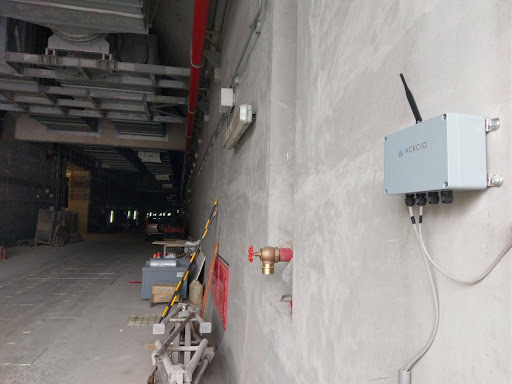
Reliability Without Connectivity
Railway sensors are often installed in difficult-to-access locations. With old cabled systems and even more recent short-range wireless technology, if there were a power outage or transmission problem, the readings taken during the downtime would be lost. Compounding the problem? The cost and risk of sending workers in to maintain or repair hardware or cables are increasingly prohibitive.
Ackcio’s system has multiple layers of protection against data loss. It also has a host of features that allow it to automatically sync and upload when connectivity is restored. There’s no need to send workers to manually gather stored data or reset equipment.
Every Ackcio node has 8 MB of onboard memory for local data storage if the gateway is unavailable. What sets Ackcio apart from the competition is that this locally stored memory automatically syncs with the gateway when communication resumes. And each node also has a built-in hardware “watchdog” mechanism that automatically reboots stalled or frozen nodes.
At the receiver end of the system, Ackcio Gateway’s unique low-power mode activates if the main supply goes down. It can receive and store sensor data in its onboard flash memory for up to four months. Once the power is restored, it automatically uploads the stored readings. Never worry about data loss again.
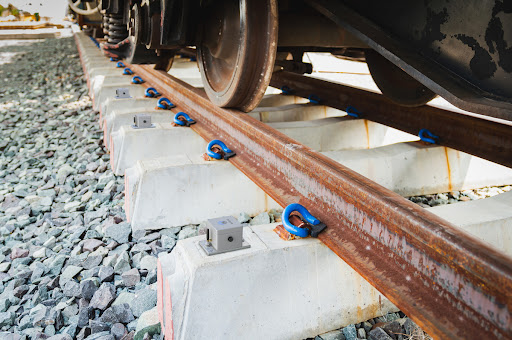
A Single Solution
The range and number of sensors on a typical railway project are staggering. As new monitoring hardware and software solutions cram the market, it can be overwhelming selecting the right system or trying to cobble together a solution suited to your unique project and site.
The Ackcio Beam keeps things simple. From sensor to node to gateway, it’s truly the only system you need. Its sensor-agnostic nodes are engineered to interface with various instrument types and all leading sensor brands, including Measurand, RST, GEOKON, Encardio and more. Simply connect and commission your sensor, and start receiving real-time readings. At the software end, Ackcio is compatible with all major providers, including sensemetrics, Geodaisy®, Drishti and Vista Data Vision, among others.
At a railway site in the U.K., our distributor, Geotechnical Observations, deployed the Ackcio Beam system to automate embankment monitoring. It used a variety of nodes, including our Tiltmeter Nodes (BEAM-TM) for slope monitoring, Digital Nodes (BEAM-DG) measuring deformation with Measurand SAAV Extend, and Vibrating Wire Nodes (BEAM-VW-S1) with Geotechnical Observations’ flushable piezometers. The nodes reliably send highly accurate readings via the Ackcio Mesh to the Ackcio Gateway, providing the geotechnical teams with better access to real-time monitoring data.
“Long-range wireless technology is transforming railway monitoring around the world,” says Shaun Ahern. “Along with helping to ensure that older tracks and infrastructure are safe, it’s also able to provide the kind of rich, real-time readings that are needed for more modern, high-tech railways. Across the board, it means new levels of reliable risk management on these high-stakes projects.”
